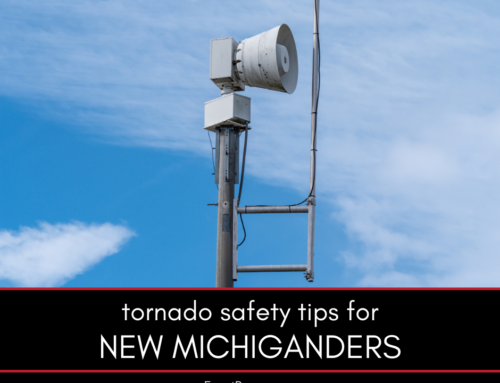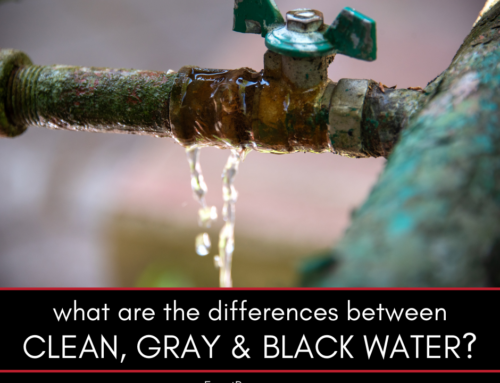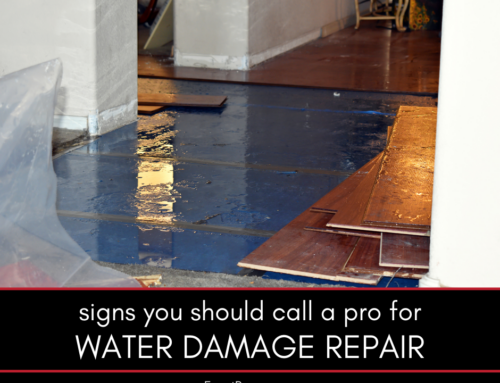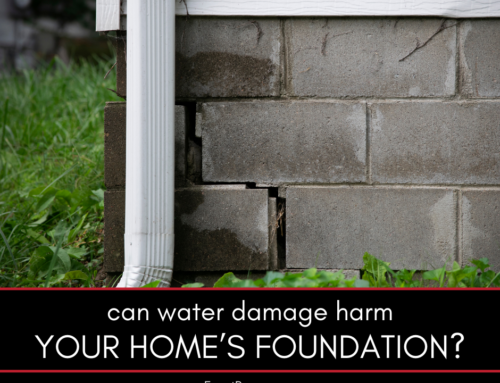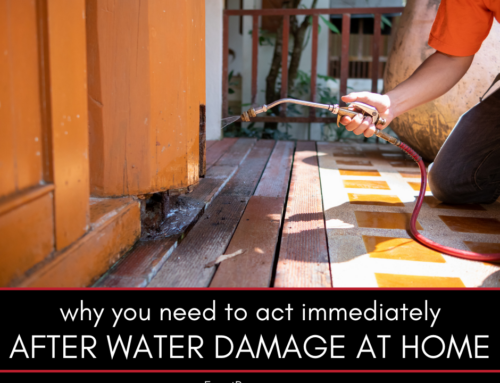Water damage in a home can be distressing, and understanding the type of water involved is crucial for effective cleanup and ensuring safety. Not all water damage is the same. Depending on the source and contaminants present, water damage can be categorized into clean water, gray water, and black water. If you’re unsure about these terms or want to be better informed, this guide is for you. With our expertise, we’ll break down the differences and what they mean for homeowners like you.
Clean Water, Gray Water and Black Water: What You Need to Know
Understanding the type of water involved in a damage scenario can guide the cleanup process and help you take the right precautions.
This guide covers:
- What is clean water?
- What is gray water?
- What is black water?
- Health implications
- Cleanup and restoration
- Prevention tips
Here’s a closer look at each.
What is Clean Water?
Clean water, as the name suggests, is the purest form of water damage. It originates from sources that are considered sanitary, meaning there’s no immediate threat to human health if someone comes into contact with it. This type of water is typically the result of broken water supply lines, malfunctioning appliances, rainwater, or melting snow. While it may not pose health risks, it’s essential to address clean water damage promptly, as leaving it untreated can lead to mold growth and further damage to property.
What is Gray Water?
Gray water is a step up from clean water in terms of contamination. This water has been used and might contain some level of impurities. Common sources of gray water include overflow from washing machines, dishwashers, bathtubs, or sinks. While it doesn’t contain the harmful bacteria that black water does, it might still have soap particles, oils, or other residues. If left untreated, gray water can degrade into black water, increasing the risks associated with it.
What is Black Water?
Black water is the most contaminated type of water damage. It originates from sources that are filled with harmful bacteria, pathogens, and possibly chemicals. Common sources include sewage backups, toilet overflows with feces, and floodwaters from rivers or streams. Due to its highly contaminated nature, black water poses severe health risks. Direct contact or even inhalation of its vapors can lead to illnesses.
Health Implications
The health risks associated with water damage vary depending on the type of water involved. Clean water poses minimal health risks. However, if gray water is ingested or comes into contact with open wounds, it can cause irritations or minor infections. Black water is the most dangerous of the three. It can lead to serious health issues, including gastrointestinal problems, respiratory infections, and skin conditions, among others.
Cleanup and Restoration
Addressing water damage requires a tailored approach depending on the type of water involved. For clean water, the focus is on drying out the affected areas and restoring any damaged property. With gray water, there’s an added emphasis on cleaning and disinfecting the affected areas to remove any impurities. Black water cleanup is the most intensive. It requires specialized equipment and methods to ensure thorough cleaning, disinfection, and sanitation. Given the complexities and health risks, especially with gray and black water, it’s always advisable to seek the expertise of professionals like us.
Prevention Tips
Preventing water damage starts with regular maintenance and inspections of your property. Ensure that all plumbing fixtures, appliances, and drainage systems are in good working condition. Installing backwater prevention valves can prevent sewage backups. Proper landscaping can also ensure that rainwater flows away from your foundation. Regularly check for signs of leaks or moisture and address them promptly. By taking these steps, you can significantly reduce the risk of water damage in your home.
FAQ About Types of Water in Home Damage
Here are some frequently asked questions about clean, gray, and black water. If you don’t see the answers you’re looking for here, please call our office. We’re here to help.
How Can I Identify the Type of Water Damage?
While some signs are evident, like the source of the water, it’s always best to consult professionals to assess the water type accurately.
Is Gray Water Safe to Touch?
While not as dangerous as black water, it’s best to avoid direct contact with gray water and ensure proper cleanup.
How Quickly Should I Address Black Water Damage?
Immediate action is crucial for black water damage due to its potential health risks and the extent of damage it can cause.
Can Clean Water Turn into Gray or Black Water?
Yes, if clean water sits for an extended period, it can become contaminated, turning into gray or black water.
What Safety Measures Should I Take?
Avoid direct contact, especially with gray or black water. Ensure proper ventilation, wear protective gear, and call professionals for cleanup.
Understanding the type of water in a damage scenario is crucial for your safety and effective cleanup. Whether it’s clean, gray, or black water, knowing the differences can guide your actions. And remember, in any water damage situation, professionals like us are always ready to assist, ensuring your home is safe and restored.
Do You Need a Disaster Remediation Expert in Washtenaw County or Jackson County?
If your home has already been damaged, we can help. Check out our services and call Exact Recon for your free disaster remediation quote today. We offer:


